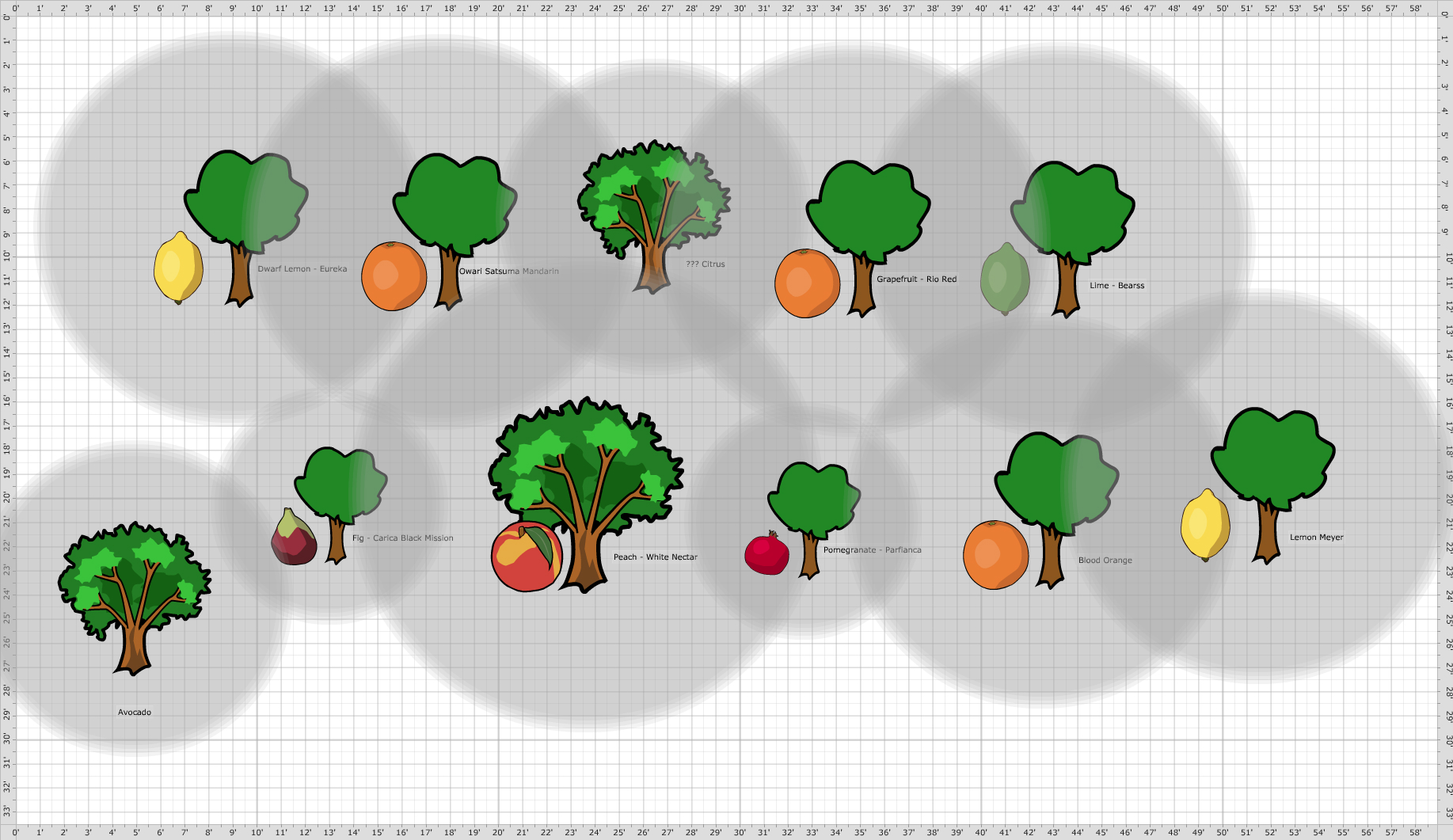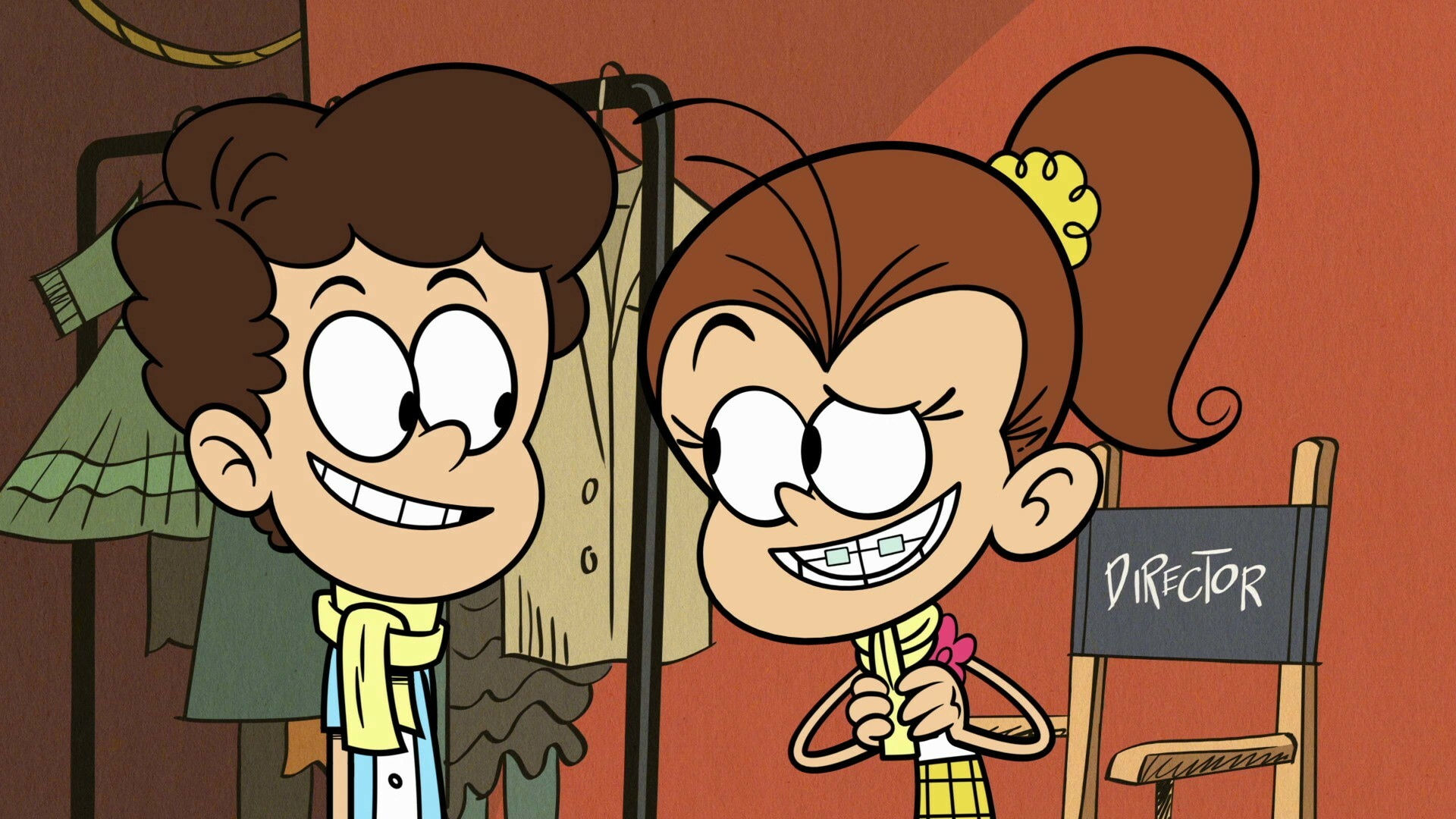Table Of Content

Learning and networking opportunities for young growers are available via the Penn State Extension Young Grower Alliance. All home orchardists need to define what their goals are before getting caught up in the excitement of buying trees. It is a natural regulator of optimal plant development, disease resistance, and yield formation.

Maintenance and Harvesting Zones
Our guide to planning and designing orchards will help you get started growing fruit at home. Important considerations are canopy light interception and distribution to flowers and fruit. Consider the local rainfall patterns and whether supplemental irrigation will be necessary.
Tree Planting
This gives you more options to work with, and it also reduces your overall risk of losing the entire bounty in any given year. Do not rush to buy saplings from individual sellers you are unfamiliar with, especially on the way to the cottage. Here you can be more sure to buy the ideal release variety for the fruit or berry crop you want. In spring, before sowing seedlings, add one cup each of wood ash, quicklime, and 200 g of nitrocellulose to the mixture. On a separate sheet of paper from your garden diary, draw the garden layout.
Watering Systems and Irrigation Layout
A family of 4-5 people will need 20 raspberry bushes, 3-4 bushes each of various currants and gooseberries, brambles, honeysuckle, and willows. Leave some room for new exotic species that will come into your line of sight over time. A well-planned berry orchard grows and fruits normally for 7 to 12 years, then gradually rejuvenates or moves the bushes to another location. The theory and practice of drip irrigation is to provide just what the tree needs every day.
Dwarf and semi-dwarf fruit tree varieties have become increasingly popular among home gardeners and orchard owners. These varieties offer several advantages, including easier maintenance, improved accessibility for harvesting, and the ability to fit more trees in limited spaces. On the other hand, smaller fruit trees like peach or plum trees can be spaced closer together, typically around 10 to 15 feet apart. These trees have a more compact growth habit and can tolerate closer planting. However, it is essential to consider their mature size and ensure they have enough space to reach their full potential. Integrated Pest Management (IPM) techniques, such as the use of beneficial insects and organic pesticides as a last resort, can also be incorporated into your orchard design.
Ten Basics of When and How to Prune Fruit Trees
There’s a lot to consider when factoring in spacing needs for a backyard orchard. This includes the number of trees you want, how much fruit you expect from each tree, and how much energy you want to devote to maintaining a specific size. A better option is to densely plant a series of small trees throughout your yard, each a different variety. Not only does this lead to easier maintenance and harvesting, but the fruit should ripen at staggered intervals over the summer and fall.
Tips for Planning and Planting
If in doubt, always give more space than you think the tree will need. Cold-air drainage and soil quality have significant effects on the profitability of an orchard. An ideal site is on the upper side of a gradual (4 to 8 percent) slope, on rolling or elevated land. Low lying areas, where cold air can accumulate during a calm, clear night, are prone to spring frost damage. Hilltops or ridges may expose trees to excessive winds or to arctic air masses.
Soil depth
This provides a crop, or an annual grass like millet offering winter seed to birds that are valuable to the orchard. In a permaculture orchard, every centimetre of space will be utilised. This includes walls and fences which support espaliered fruit trees, vines or blackberries.
Planting Microclimates
Now that you have an idea of what goes into constructing orchard trellis systems, here are some quick tips to help you build high-quality trellises that stand the test of time. These residential trellises are made out of wire strung between posts. The trees are trained to grow along the wire and this produces two-dimensional trees that are wide, but flat. Would you like to pick fruit from your own trees instead of buying it in the shops? If you have a garden or a plot in the countryside, starting a small orchard from scratch is not an impossible undertaking.
Nothing does more to harm fruit production than a spring frost while fruit trees are blossoming. Several studies show that time of planting greatly affects initial tree growth. Early planted trees have increased shoot numbers and length, and fewer trees become spur-bound or stunted.
The ideal soil for fruit trees is well-drained, uncompacted, loamy soil with a pH of 6 (slightly acidic). The best way to get an idea of what kind of soil is present is to take some random samples using a trowel or spade. Good soil should be easy to dig once the top layer of turf is removed.
Stardew Valley: Tips To Improve Your Farm Layout - GameRant
Stardew Valley: Tips To Improve Your Farm Layout.
Posted: Tue, 24 Aug 2021 07:00:00 GMT [source]
Both homeowners and commercial farmers can take advantage of the benefits offered by trellis systems. Apple trellises are a source of surprise for people when they first visit an orchard. When cut, the lateral bud becomes the terminal bud and growth continues in that direction. Is it sufficiently rich in organic matter and nutrients, is it mainly clayey or sandy?
Making a profit on an acre is stacking functions of apples, pears, vines, and herbs, as well as keeping animals that graze in the grassy lanes. He raises chickens, turkeys, guinea fowl, ducks, and geese in these lanes. The answer to maintaining a sustainable income in bad harvest years is like in investing. You don’t invest all your money in stocks and put all of your eggs in one basket. When people come, have something else to offer besides your primary crops. How can one man maintain this many plants, prune all of his trees and not even live on the farm?
Some dwarf varieties will even thrive in pots, which gives you the advantage of portability. To ensure that the garden lasts long and is disease-free, it is important to use the varieties that have been released. They are more resistant to diseases, pests, weather changes and have a longer flowering and fruiting time.
Trained fruit trees are routinely pruned in summer because summer pruning restricts growth, helps let in more sunlight to ripen the fruits and encourages next year’s fruiting buds. The same technique can be used on any fruit tree you need to keep small. Many of us would love to grow a full-size orchard but simply lack the space to make our dreams a reality. So it’s no surprise that there are now many ingenious ways to shoehorn more fruit trees into less space than you might have imagined possible.
Dwarf trees are trees that are grafted onto a rootstock that will not allow the tree to grow large so you get the same great fruit in less space. Another crucial aspect of orchard zoning is establishing pollination zones and considering tree compatibility. Many fruit tree varieties require cross-pollination with compatible cultivars to ensure fruit set and maximize yields.















